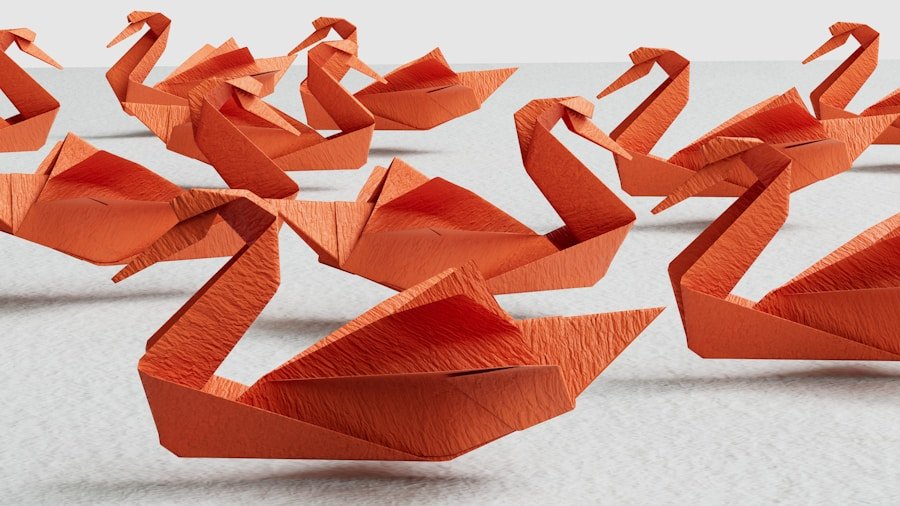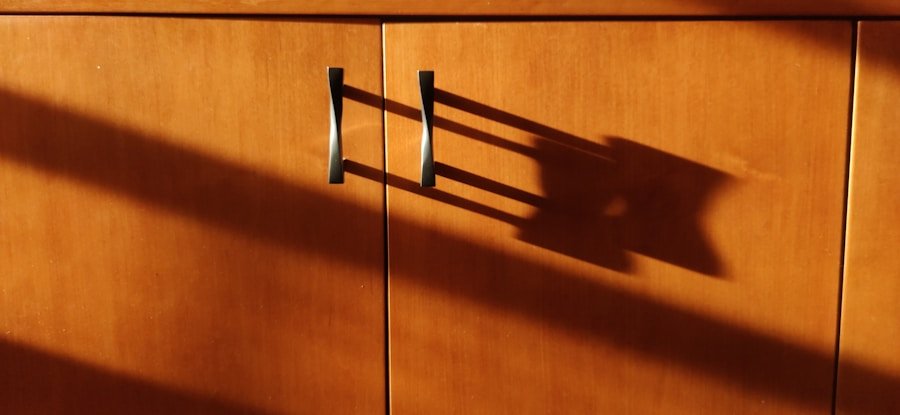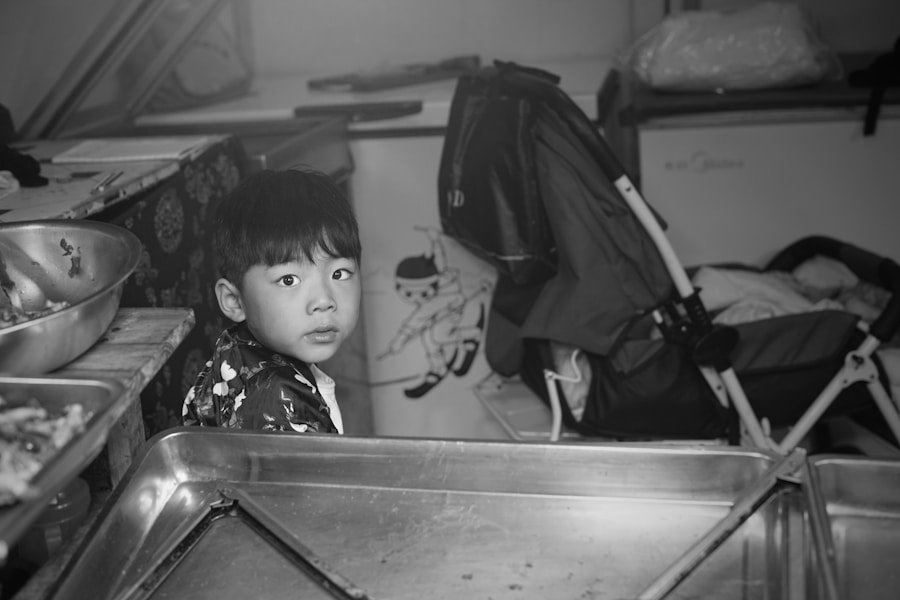When selecting a baby bottle, safety and health are paramount concerns for parents. Glass bottles are often lauded for their non-toxic nature, as they do not leach harmful chemicals into the milk or formula. Unlike plastic, which can contain substances like bisphenol A (BPA) or phthalates, glass is inert and does not interact with its contents.
This characteristic makes glass bottles a popular choice among health-conscious parents. However, it is essential to ensure that the glass is tempered or borosilicate to withstand temperature changes and prevent breakage. On the other hand, plastic bottles have made significant strides in safety standards over the years.
Many manufacturers now produce BPA-free options, which mitigate some health concerns associated with traditional plastics. However, even BPA-free plastics can still contain other chemicals that may pose risks. Stainless steel bottles, while less common, are also considered safe as they are free from harmful chemicals and do not retain odors or flavors.
Ultimately, the choice of material should be guided by a thorough understanding of each option’s safety profile and the specific needs of the child.
Key Takeaways
- Glass baby bottles are the safest and healthiest option, as they do not contain any harmful chemicals and are easy to clean and sterilize.
- Stainless steel baby bottles are the most durable and long-lasting option, but they may not be suitable for all feeding needs and can be more expensive.
- Plastic baby bottles are the most affordable option, but they have a negative environmental impact and may contain harmful chemicals that can leach into the milk.
- Glass and stainless steel baby bottles are the most environmentally friendly options, as they can be reused and recycled, while plastic bottles contribute to plastic waste.
- When considering ease of cleaning and maintenance, glass and stainless steel bottles are the easiest to clean and sterilize, while plastic bottles may require more frequent replacement due to wear and tear.
Durability and Longevity
Glass Bottles: Sturdy but Fragile
Glass bottles are known for their sturdiness, but they can shatter if dropped, which poses a risk in busy households. However, if handled with care, glass bottles can last for years, making them a long-term investment for families. Their resistance to staining and odor absorption also contributes to their longevity, as they maintain their appearance and functionality over time.
Plastic Bottles: Lightweight but Prone to Damage
Plastic bottles are lightweight and less prone to breaking, making them ideal for on-the-go parents. However, they may become scratched or discolored with repeated use and exposure to heat, which can affect their lifespan.
Stainless Steel Bottles: A Durable Middle Ground
Stainless steel bottles offer a middle ground; they are highly durable and resistant to dents and scratches. Additionally, stainless steel does not retain heat or cold as much as glass, making it a practical choice for both hot and cold liquids. Each material has its strengths and weaknesses regarding durability, so parents should consider their lifestyle when making a decision.
Environmental Impact
The environmental implications of baby bottle materials are increasingly relevant in today’s eco-conscious society. Glass bottles are recyclable and can be reused indefinitely without losing quality. This characteristic makes them an environmentally friendly option, as they contribute less to landfill waste compared to single-use plastics.
However, the energy required to produce and transport glass can be significant, which is a factor to consider in the overall environmental footprint. Plastic bottles, while convenient, pose a considerable environmental challenge due to their widespread use and disposal issues. Many plastic bottles end up in landfills or oceans, contributing to pollution and harming wildlife.
Although some plastics are recyclable, the recycling rates remain low globally. Stainless steel bottles present a more sustainable alternative; they are durable and can last for years, reducing the need for frequent replacements. Additionally, stainless steel is recyclable at the end of its life cycle.
Parents who prioritize sustainability may find that glass or stainless steel aligns better with their values. For more information on the best baby bottles and bottle brush, visit The New York Times.
Ease of Cleaning and Maintenance
Cleaning baby bottles is an essential part of ensuring a child’s health and safety. Glass bottles are generally easy to clean; they can withstand high temperatures in dishwashers and sterilizers without warping or degrading. Their smooth surfaces do not harbor bacteria or odors, making them a hygienic choice for feeding infants.
However, parents must handle them carefully during cleaning to avoid breakage. Plastic bottles can be more challenging to maintain due to their susceptibility to scratches and stains. Over time, these imperfections can harbor bacteria, making thorough cleaning crucial.
While many plastic bottles are dishwasher-safe, repeated exposure to high heat can cause them to warp or degrade. Stainless steel bottles are also easy to clean but may require special brushes to reach all areas due to their narrow necks.
They are typically dishwasher-safe as well but should be checked for any specific care instructions from the manufacturer.
Cost and Affordability

Cost is an important consideration for many families when selecting baby bottles. Glass bottles tend to be more expensive upfront due to their manufacturing process and materials. However, their durability may offset this initial investment over time since they can last longer than plastic alternatives.
Parents should weigh the long-term benefits against the initial costs when considering glass options. Plastic bottles are often the most affordable choice on the market, making them accessible for families on a budget. They come in various price ranges, allowing parents to find options that fit their financial situation.
However, the need for frequent replacements due to wear and tear can add up over time. Stainless steel bottles typically fall in between glass and plastic in terms of cost; while they may have a higher initial price point, their durability can make them a cost-effective choice in the long run. Ultimately, families should consider both immediate costs and potential longevity when making their selection.
Suitability for Different Feeding Needs
Different feeding needs may dictate the choice of baby bottle material. For instance, breastfed babies may benefit from glass or stainless steel bottles that mimic the feel of breastfeeding while providing a safe feeding experience. Glass bottles often come with various nipple options that can help ease the transition between breast and bottle feeding.
Plastic bottles may be more suitable for parents who require convenience and portability during outings or travel. Their lightweight nature makes them easy to carry around without fear of breakage. Stainless steel bottles can also cater to active lifestyles; they keep liquids at desired temperatures longer than glass or plastic options.
Each material has its unique advantages that cater to different feeding scenarios, so parents should assess their specific needs before making a decision.
Aesthetic and Functional Considerations
Aesthetic appeal can play a role in choosing baby bottles, as many parents want products that align with their personal style or nursery decor. Glass bottles often come in elegant designs that can enhance the visual appeal of feeding time. They are available in various colors and shapes, allowing parents to select options that resonate with their tastes.
Plastic bottles also offer a wide range of colors and designs but may lack the sophisticated look of glass options. However, they often feature fun patterns or characters that can engage older infants and toddlers during feeding sessions. Stainless steel bottles tend to have a modern aesthetic with sleek finishes that appeal to many parents looking for contemporary designs.
Functionality is equally important; parents should consider how easy it is to hold and use each type of bottle while ensuring it meets their baby’s needs during feeding times.
FAQs
What are the pros and cons of glass baby bottles?
Glass baby bottles are durable, free from harmful chemicals such as BPA, and are easy to clean and maintain. However, they are heavier and more prone to breakage compared to plastic or stainless steel bottles.
What are the pros and cons of plastic baby bottles?
Plastic baby bottles are lightweight, affordable, and less likely to break. However, they may contain harmful chemicals such as BPA and may not be as durable as glass or stainless steel bottles.
What are the pros and cons of stainless steel baby bottles?
Stainless steel baby bottles are durable, free from harmful chemicals, and have good insulating properties. However, they can be more expensive than glass or plastic bottles and may not be as readily available.
What are the safety and health considerations when choosing baby bottles?
When choosing baby bottles, it is important to consider the materials used, such as BPA-free plastic, lead-free glass, or food-grade stainless steel, to ensure the safety and health of the baby.
What are the durability and longevity considerations for baby bottles?
Glass and stainless steel baby bottles are generally more durable and have a longer lifespan compared to plastic bottles, which may degrade over time.
What is the environmental impact of different baby bottles?
Glass and stainless steel baby bottles are more environmentally friendly as they are recyclable and have a longer lifespan, while plastic bottles may contribute to plastic waste.
What are the ease of cleaning and maintenance considerations for baby bottles?
Glass and stainless steel baby bottles are easier to clean and sterilize compared to plastic bottles, which may retain odors and stains.
What are the cost and affordability considerations for different baby bottles?
Plastic baby bottles are generally more affordable, while glass and stainless steel bottles may have a higher upfront cost but can be more cost-effective in the long run due to their durability.
How do different baby bottles suit different feeding needs?
Glass and stainless steel bottles are suitable for both hot and cold liquids, while plastic bottles may not be suitable for hot liquids. Additionally, some babies may have preferences for certain materials.
What aesthetic and functional considerations should be taken into account when choosing baby bottles?
Aesthetic considerations may include the design and appearance of the baby bottles, while functional considerations may include features such as insulation and compatibility with bottle warmers and sterilizers.

































